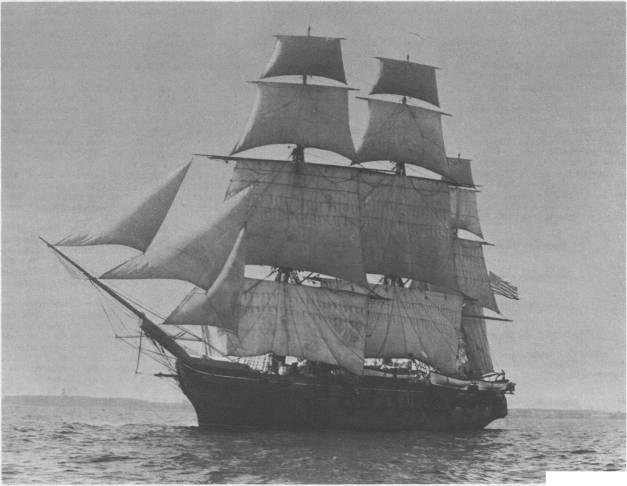Fritz Cove on:
[Wikipedia]
[Google]
[Amazon]
Fritz Cove is a

bay
A bay is a recessed, coastal body of water that directly connects to a larger main body of water, such as an ocean, a lake, or another bay. A large bay is usually called a Gulf (geography), gulf, sea, sound (geography), sound, or bight (geogra ...
on the northwestern coast of Douglas Island
Douglas Island is a tidal island in the U.S. state of Alaska. It is part of the city and borough of Juneau, just west of downtown Juneau and east of Admiralty Island. It is separated from mainland Juneau by the Gastineau Channel, and contains t ...
in the City and Borough of Juneau
The City and Borough of Juneau, more commonly known simply as Juneau ( ; tli, Dzánti K'ihéeni ), is the capital city of the state of Alaska. Located in the Gastineau Channel and the Alaskan panhandle, it is a unified municipality and the se ...
, Alaska
Alaska ( ; russian: Аляска, Alyaska; ale, Alax̂sxax̂; ; ems, Alas'kaaq; Yup'ik: ''Alaskaq''; tli, Anáaski) is a state located in the Western United States on the northwest extremity of North America. A semi-exclave of the U.S., ...
, United States. Lying in Stephens Passage, it is northwest of the city of Juneau.
Historically, Fritz Cove was used for fishing by Alaska Natives, especially the Auke people
The Auke are an Alaskan Native people, whose autonym ''Aakʼw Ḵwáan'' means "Small Lake People."John Muir
John Muir ( ; April 21, 1838December 24, 1914), also known as "John of the Mountains" and "Father of the National Parks", was an influential Scottish-American naturalist, author, environmental philosopher, botanist, zoologist, glaciologist, a ...
camped at the bay on November 10, 1879.
History
The area was surveyed by the USS ''Jamestown'' in 1880; Lieutenant F. M. Symonds named the bay after his son. The name was first published by theUnited States Coast and Geodetic Survey
The United States Coast and Geodetic Survey (abbreviated USC&GS), known from 1807 to 1836 as the Survey of the Coast and from 1836 until 1878 as the United States Coast Survey, was the first scientific agency of the United States Government. It ...
in 1881.
Geography
Fritz Cove andGastineau Channel
Gastineau Channel (Lingít: ''Séet Ká'') is a channel between the mainland of the U.S. state of Alaska and Douglas Island in the Alexander Archipelago of southeastern Alaska. It separates Juneau on the mainland side from Douglas (now part of J ...
became linked in 1960 through a United States Army Corps of Engineers
, colors =
, anniversaries = 16 June (Organization Day)
, battles =
, battles_label = Wars
, website =
, commander1 = ...
effort to dredge a navigation route.
Streams flowing into Fritz Cove include Cove Creek
A cove is a small type of bay or coastal inlet. Coves usually have narrow, restricted entrances, are often circular or oval, and are often situated within a larger bay. Small, narrow, sheltered bays, inlets, creeks, or recesses in a coast are of ...
, Elevenmile Creek, and Fish Creek. Islands in the bay include Spuhn Island. Depths in the bay range from .

Dungeness crab
The Dungeness crab (''Metacarcinus magister'') is a species of crab inhabiting eelgrass beds and water bottoms along the west coast of North America. It typically grows to across the carapace and is a popular seafood. Its common name comes from ...
s, Tanner crab
''Chionoecetes'' is a genus of crabs that live in the northern Pacific and Atlantic Oceans.
The genus ''Chionoecetes'' currently contains seven distinct species.
Other names for crabs in this genus include "queen crab" (in Canada) and "spider ...
s, and king salmon
The Chinook salmon (''Oncorhynchus tshawytscha'') is the largest and most valuable species of Pacific salmon in North America, as well as the largest in the genus ''Oncorhynchus''. Its common name is derived from the Chinookan peoples. Other ve ...
live in the cove; molting of the male Tanner crabs in the cove has been documented since the 1970s. Scoter
The scoters are stocky seaducks in the genus ''Melanitta''. The drakes are mostly black and have swollen bills, the females are brown. They breed in the far north of Europe, Asia, and North America, and winter farther south in temperate zones of ...
s, grebe
Grebes () are aquatic diving birds in the order Podicipediformes . Grebes are widely distributed freshwater birds, with some species also found in marine habitats during migration and winter. Some flightless species exist as well, most notably ...
s, mergansers, and marbled murrelets can also be seen in the area.
References
{{reflistFurther reading
* James, Bushrod Washington. ''Alaska: Its Neglected Past, Its Brilliant Future''. The Sunshine Publishing Company: Philadelphia, 1897. * Miller, Mike. ''Alaska's Southeast: Touring the Inside Passage''. Morris Book Publishing. Eleventh edition, 2008. Bays of Alaska Bodies of water of Juneau, Alaska